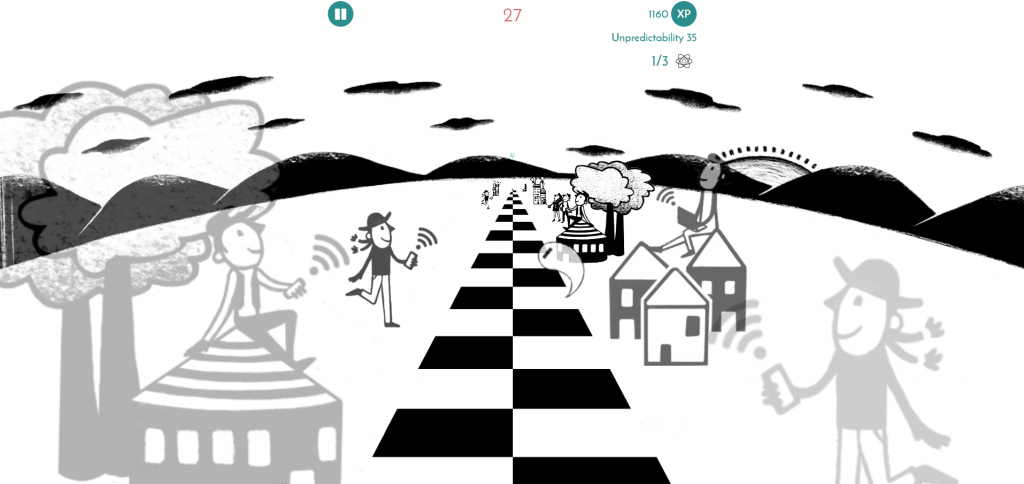On November 30th, for the first time, the world had the opportunity to participate in and contribute to this unique worldwide experiment, with the aim of testing the laws of quantum physics.
Coordinated by ICFO-The Institute of Photonic Sciences, twelve laboratories from around the world came together to put in motion the BIG Bell Test: worldwide quantum experiments powered by human randomness, with the aim of demonstrating experimentally that the microscopic world is in fact as strange as quantum physics predicts: particles that behave in a random way, determining their properties only when we look at them; strange instantaneous interactions at a distance … predictions that were questioned by Einstein, who rejected them completely.

During the 48 hours in which it was November 30th at some place on the planet, participants contributed to the initiative, generating sequences of zeros and ones through a video game to get participants to create sequences of numbers that were as random as possible. Each of these bits was used to control in real-time the experimental conditions of the labs. They moved mirrors, polarizing filters, waveplates … elements located on optical tables and that affect the type of measurements that are made on the different quantum systems in each lab.
Together all the participants provided scientists with millions of unpredictable, independent decisions which were used to measure their particles. This independence is a crucial feature for the conclusions of the Bell tests to be valid. Using the sequences provided by the participants, the scientists have been able to verify whether or not their particles were intertwined by the “spooky action at a distance” that Einstein could not accept. In a nutshell, the Bell test states that experimentalists have to do their measurements with the help of human decisions and calculate the “Bell parameter” (also known as the parameter S). If the world is as Einstein believes, predictable and without “spooky actions at a distance”, then S cannot be greater than 2. That is, S should always be less than 2. Otherwise, the inequality has been violated, indicating the presence of intrinsically quantum phenomena.
By 13:00 CET, the minimum number of participations needed to assure enough bits to power the experiments had already been surpassed, registering above 1000 bits per second in a stable manner over the course of several hours. By early afternoon CET, some of the labs had been able to obtain preliminary results, confirming violations of Bell’s inequality, and thus refuting Einstein, giving their complete support to the predictions of quantum physics.
Carlos Abellán, researcher at ICFO and instigator of the Project, emphasizes that “the participation we achieved today for the Big Bell Test is absolutely astonishing and unprecedented. I’m excited about all the results we’re already receiving from the labs”.
More information at ICFO website.
